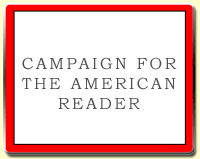 Helena Frith Powell is the author of All You Need to Be Impossibly French: A Witty Investigation Into the Lives, Lusts, and Little Secrets of French Women and other books.
Helena Frith Powell is the author of All You Need to Be Impossibly French: A Witty Investigation Into the Lives, Lusts, and Little Secrets of French Women and other books.Back in 2005 she named a top ten list of "sexy French books" for the Guardian.
Her argument for the list and one title from it:
Why are French women so sexy? Ever since 1066, we've been enthralled by the innate superiority of the French female. Never mind Larkin and 1963; the French were at it well before that. French women are beautiful, stylish and chic - but they have something else that many English women lack. One of their tools, every bit as potent as their matching underwear, is their knowledge of literature. They see being well-read as important as being well-groomed. In order to outwit our French female foes across the Channel, here is a list of the top 10 sexy French books, guaranteed to land you a date with Thierry Henry.Read about all ten titles on Frith Powell's list.
Emmanuelle by Emmanuelle Arsan
My husband's favourite French book. He says he reads it for the philosophy. It is the story of a woman getting laid. A lot. In just about every position and place imaginable, but mainly Thailand. This book has entertained French boys since publication. I fully expect to find it under my son's pillow in a few years' time.
--Marshal Zeringue






















